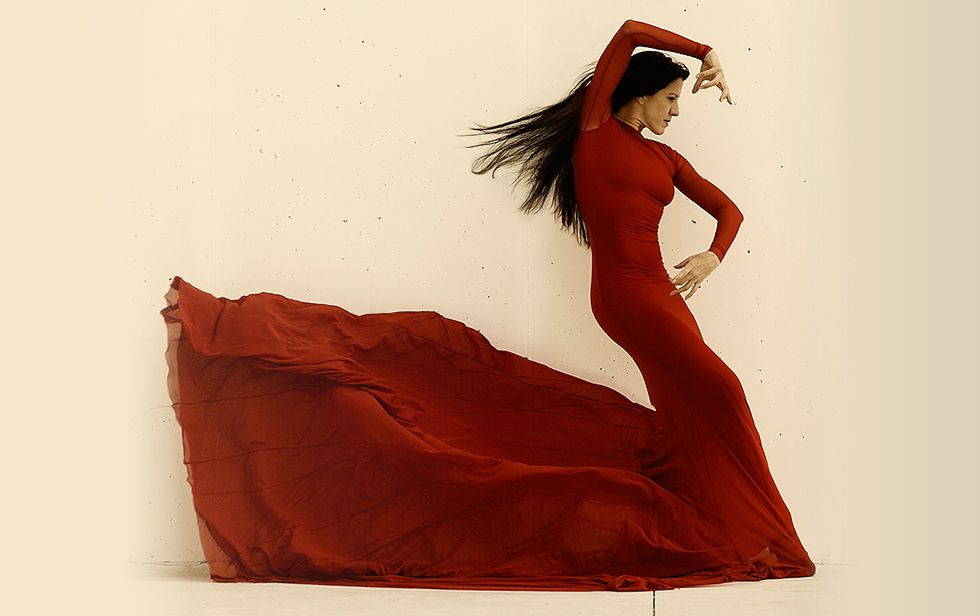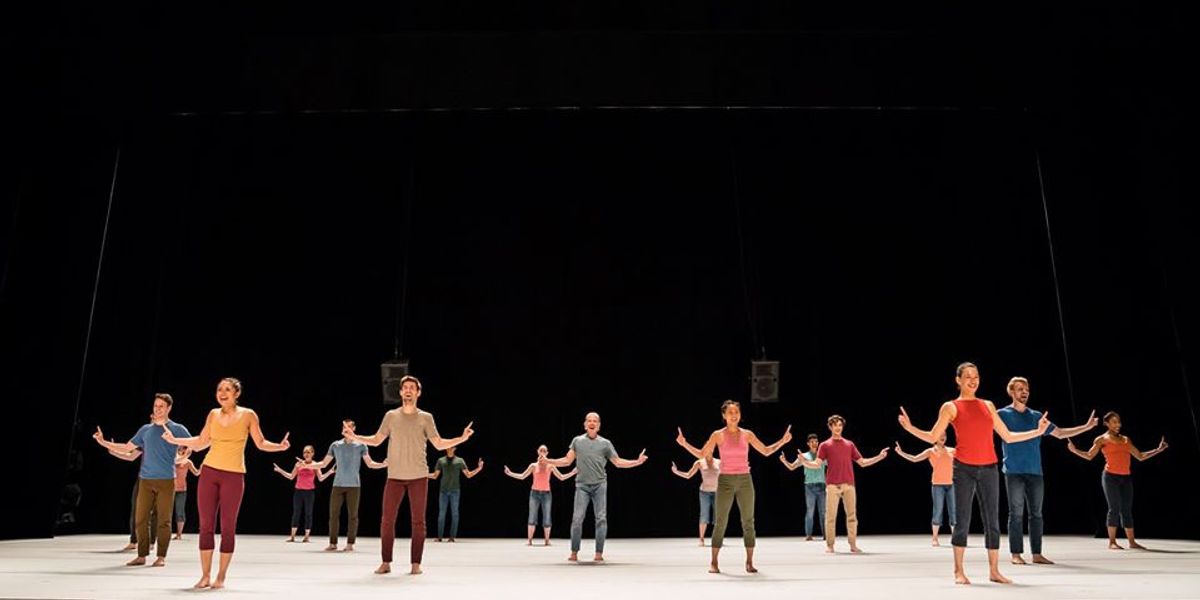As Coronavirus Takes Its Toll, Dance Looks for Ways to Survive and Continue to Spread Art
As the COVID-19 outbreak escalated in Europe and Asia last month, some U.S. companies pre-emptively postponed events, or took preliminary precautions to ensure patrons they’d be entering a safe and sanitary space. Theaters put out extra hand sanitizer, encouraged sick employees and guests to stay home, and increased the frequency of cleaning high traffic surfaces.
The flood gates opened as state and city officials began instituting policies around the novel coronavirus, leading to numerous tour cancellations abroad and many postponements across the United States. On March 6, San Francisco mayor London N. Breed suspended all public gatherings through March 20, forcing the cancellation of San Francisco Ballet’s production of A Midsummer Night’s Dream. California governor Gavin Newsom has since limited crowds to 250 through the end of March, which further affected two additional planned SFB mixed-rep programs.
Over the course of last week, just about every other dance performance in the U.S. has followed a similar trajectory with their spring productions, particularly shows that take place in large auditoriums. Pacific Northwest Ballet has suspended all performances until March 31; American Ballet Theatre canceled tour appearances in Chicago, Durham and Abu Dhabi; and Lincoln Center, Kennedy Center and Broadway are dark. Kansas City Ballet, Houston Ballet and many, many others either canceled or postponed, with several companies in a “wait and see” holding pattern about whether or not they will hold productions planned for April and May. The list is too numerous to name them all.
Due to the rapidly changing nature of this public health crisis, some dance organizations have taken a tiered approach to instituting precautions. Many studios and rehearsal venues are intending to stay open while they can, or following the lead of schools and park districts. With mayor Bill de Blasio’s announcement March 15 that New York City public schools would close for a week, and similar actions in Chicago, Houston, Los Angeles and San Francisco, even small gatherings for dance classes and rehearsals are now being suspended.
New York’s Movement Research, for example, first canceled contact improv classes, and is now closed through at least March 31. The Joffrey Ballet of Chicago initially pledged to remain open for classes and rehearsals after postponing planned performances April 22–May 3 of Don Quixote indefinitely, and has since closed Joffrey Tower through March 30.
 Maria Pages had been slated to perform in the New York Flamenco Festival, now canceled
Maria Pages had been slated to perform in the New York Flamenco Festival, now canceled
David Ruano, courtesy New York City Center
Hubbard Street Dance Chicago was holding out, determined to perform a three-show run of Ohad Naharin’s wildly popular Decadance/Chicago at the Harris Theater for Music and Dance. In a press conference at 5 p.m. on March 12, Illinois governor J.B. Pritzker ordered all public gatherings of over 1,000 people closed, effective immediately. It was two hours before curtain on Hubbard Street’s opening night, in a theater that seats just over 1,500.
Many ticket holders didn’t know the shows had been canceled. Executive director David McDermott stood outside the Harris, greeting guests who hadn’t yet received email and social media messages. “I tried to greet every person personally,” says McDermott. “I expected people to be unhappy, but the opposite happened. People were amazingly supportive. More than one person said to me, ‘I know I can’t hug you, but I wish I could.’ That outpouring of support gave me hope that our donors are going to continue to be supportive, emotionally and financially, as we figure out where this will take us.”
The Harris cancellation comes at a time of tremendous change for Hubbard Street. The Decadance shows were to take place just over two weeks after the abrupt cancellation of a four-city tour in Italy. The company also recently sold its building (and has not yet released a new location), and announced planned departures for artistic director Glenn Edgerton and director of artist training Alexandra Wells.
McDermott feels confident that Hubbard Street can weather the storm, and happy that a government mandate gives the company leverage to try to recoup lost wages and revenue from the cancellations.
What is perhaps harder to predict are the less tangible metrics. “In a time like this, the world needs the arts to inspire them, and create hope,” says McDermott. “It’s hugely disappointing that we can’t share our art at a time when the world needs it. That said, I also believe that crisis breeds innovation, and Hubbard Street is already talking about ways in which we can get our art to our patrons virtually.”
As dance, music and opera companies seek ways to stream performances online; dance teachers hold class and dance parties on Instagram live; university dance programs unveil plans to move curriculum online; and pioneering choreographers seek ways to make virtual dances amidst this period of social distancing, an uptick in innovative online dance experiences is imminent. But it is impossible to predict now what the overall economic impact of COVID-19 will be on arts and culture—an $800 billion U.S. industry.
“Dance’s economic viability is inextricably entwined with the larger capitalist economy,” says Lizzie Leopold, executive director of the Dance Studies Association, and a scholar on the economy of dance.
“We are all in a precarious moment, and the elimination of live performance has a trickle-down effect. We’re already losing NEA support and the way that national funding structures legitimize the community for individual donors. Approximately 20 percent of operating budgets that comes from ticket sales.”
While large companies can likely recoup much of their losses through insurance and float on financial reserves for a short period, the impact of ticket sales, canceled rentals and lost wages is much greater for small companies and independent artists, many of who also supplement their income in the hospitality and fitness industries, and the gig economy. In order to survive on per-project stipends and lower than minimum wage dance jobs, dancers serve coffee, tend bar, work as caterers, fitness instructors and Uber drivers—additional industries deeply affected by this global health crisis.
Many artists are encouraging patrons to donate refunds from canceled events back to the organization. And charities like the Actor’s Fund offer emergency financial assistance to artists in need. Many large cities, such as Chicago, have rent assistance programs, and freelancers are banding together to gather resource guides for periods of unemployment.
As this story evolves, Dance Magazine will continue to update our list of resources for the dance field as more information comes in.




